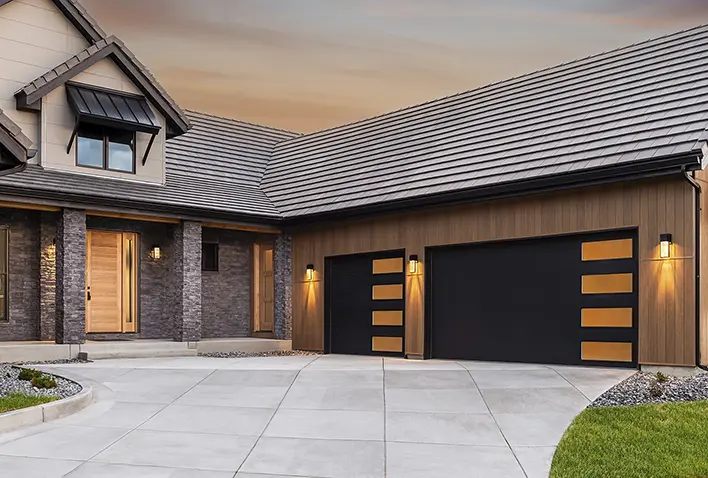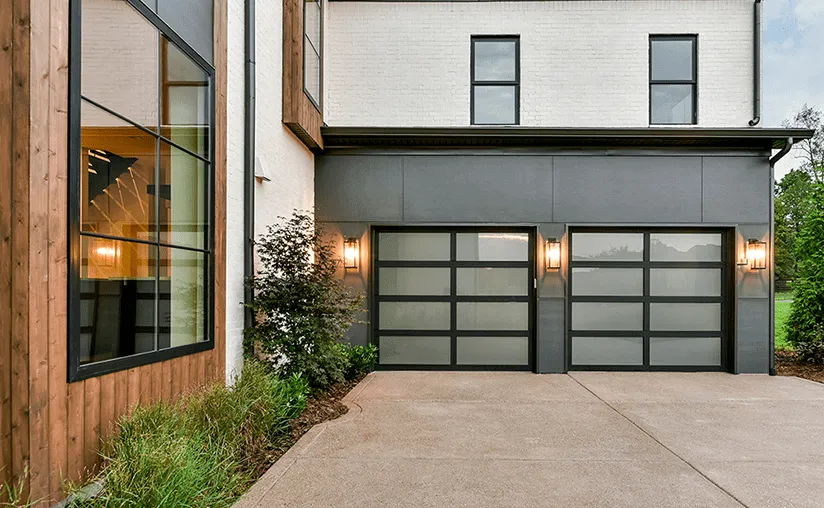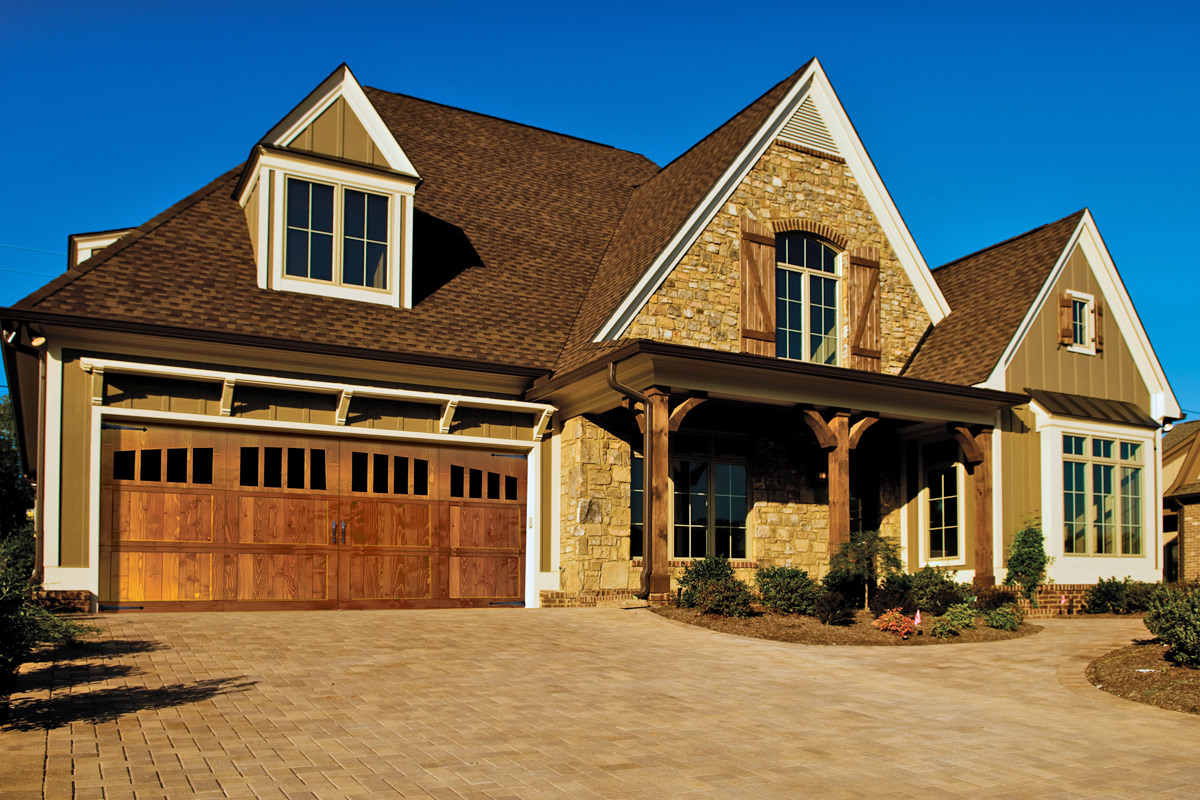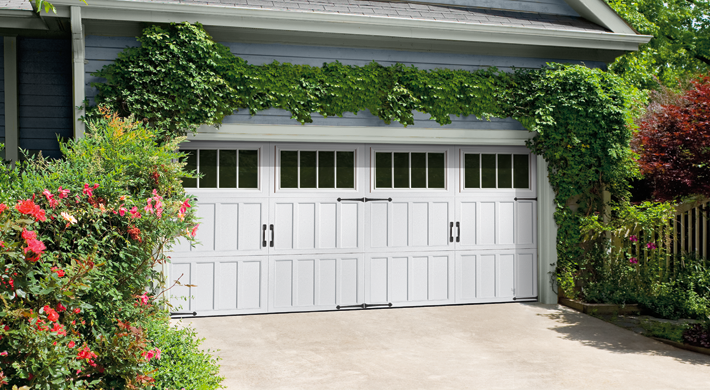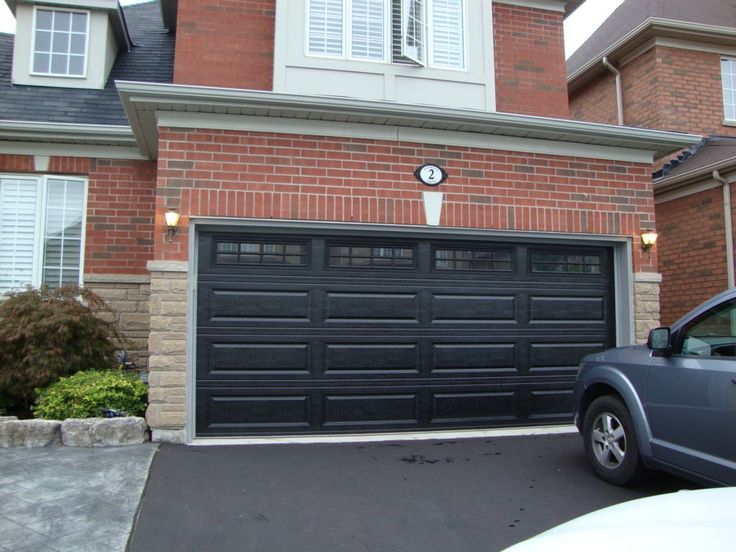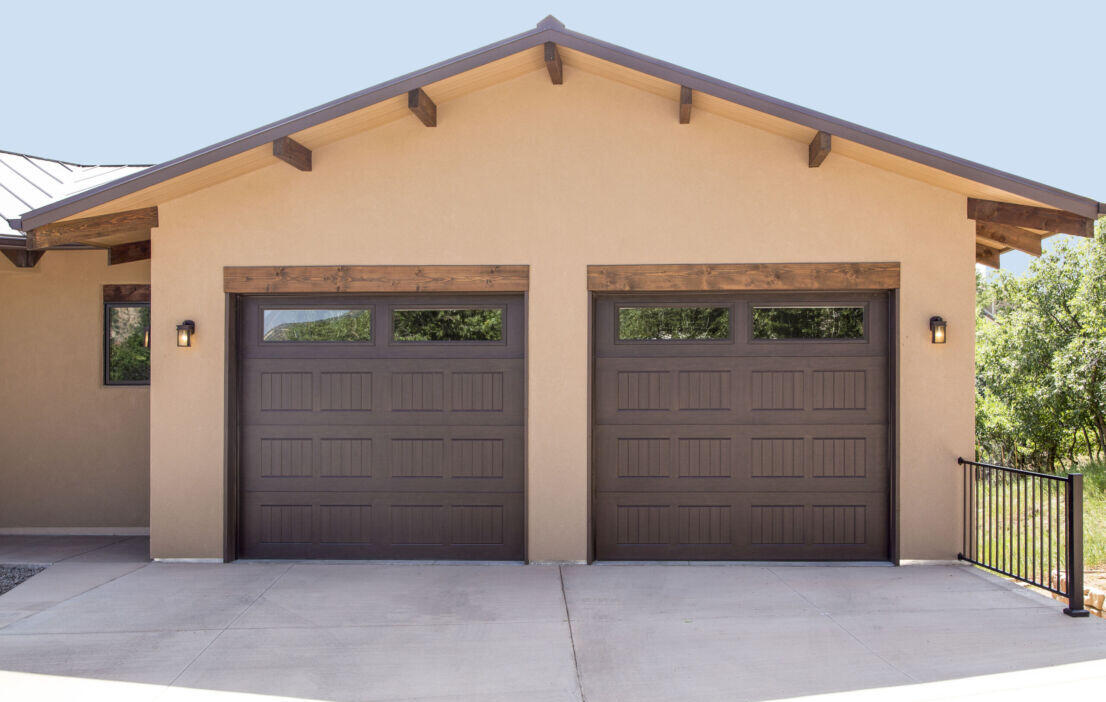When your garage door stops functioning smoothly, it can be a major inconvenience. Whether you’re a seasoned DIY enthusiast or a homeowner new to troubleshooting, this garage door motor troubleshooting checklist is designed to guide you through common issues and solutions. With the right approach, many problems can be resolved quickly, saving you both time and money.

Understanding Your Garage Door Motor
Your garage door motor is the powerhouse behind your garage door’s operation. It provides the energy necessary to open and close the door with ease. Understanding its components can help you diagnose and fix issues more effectively. The motor typically consists of a power unit, gears, a chain or belt drive, and sensors.
Common Problems with Garage Door Motors
Before delving into the troubleshooting checklist, it’s important to identify common problems associated with garage door motors. These include:
- Motor not responding
- Unusual noises during operation
- Door reversing before closing completely
- Remote control not functioning
- Door moving slowly or unevenly
Step-by-Step Troubleshooting Guide
1. Check the Power Supply
First and foremost, ensure that the motor is receiving power. Check the power outlet and circuit breaker to confirm that there is no disruption. If the motor has a power switch, make sure it is turned on.
2. Inspect Remote Control Batteries
Sometimes, the issue is as simple as dead batteries in the remote control. Replace the batteries and try operating the garage door again.
3. Examine the Sensors
Garage door openers are equipped with sensors to prevent accidents. Ensure that the sensors are clean and aligned properly. Obstructed or misaligned sensors can cause the door to malfunction. For more detailed information on sensor issues, visit garage door sensor issues.
4. Lubricate Moving Parts
A noisy motor might indicate that the moving parts require lubrication. Use a silicone-based lubricant to grease the chain or belt drive, rollers, and hinges. This can help reduce noise and improve operation.
5. Test the Limit Settings
If your garage door reverses before closing completely, the limit settings might need adjustment. These settings dictate how far the door travels when opening or closing. Refer to your motor’s manual to adjust these settings properly.
6. Tighten Loose Components
Vibrations from daily use can cause bolts and screws to loosen over time. Inspect and tighten any loose components to ensure the motor remains securely mounted.
Advanced Troubleshooting Tips
7. Inspect the Drive Gear
If the motor runs but the door doesn’t move, the drive gear might be worn out. Replacement of the drive gear requires some technical knowledge. If you’re unsure, it’s best to contact a professional.
8. Evaluate the Circuit Board
In some cases, a malfunctioning circuit board can cause the motor to fail. Inspect the circuit board for any visible damage or burnt components. Replacing a circuit board is complex, so consider consulting a technician.
9. Seek Professional Help
If you’ve gone through all the steps and the issue persists, it might be time to call in a professional. According to The DIY Playbook, regular professional maintenance can prevent future issues and extend the life of your garage door motor.
Preventive Maintenance Tips
10. Schedule Regular Inspections
Regular inspections can help identify potential problems before they become major issues. Set a schedule for inspecting your garage door motor and components at least twice a year.
11. Keep It Clean
Dirt and debris can accumulate on the motor and sensors, affecting their performance. Keep the area around the motor clean and free from obstructions.
12. Update Technology
Consider upgrading to a garage door opener with smartphone control for convenience and enhanced security. Learn more about this technology at smartphone-controlled openers.
Conclusion
By following this garage door motor troubleshooting checklist, you can identify and address common issues that may arise with your garage door motor. Regular maintenance and timely intervention can ensure your garage door remains functional and reliable. For a deeper dive into maintaining your garage door, check out Lowe’s maintenance guide.

FAQ
Why is my garage door motor making noise?
Noises can result from lack of lubrication or worn-out parts. Ensure moving parts are lubricated, and inspect for any worn components.
How often should I maintain my garage door motor?
It’s recommended to inspect and maintain your garage door motor at least twice a year to prevent issues and extend its lifespan.
Can I replace the drive gear myself?
Replacing a drive gear requires technical skills. If you are not confident, it’s advisable to seek professional assistance to avoid further damage.
This article contains affiliate links. We may earn a commission at no extra cost to you.




